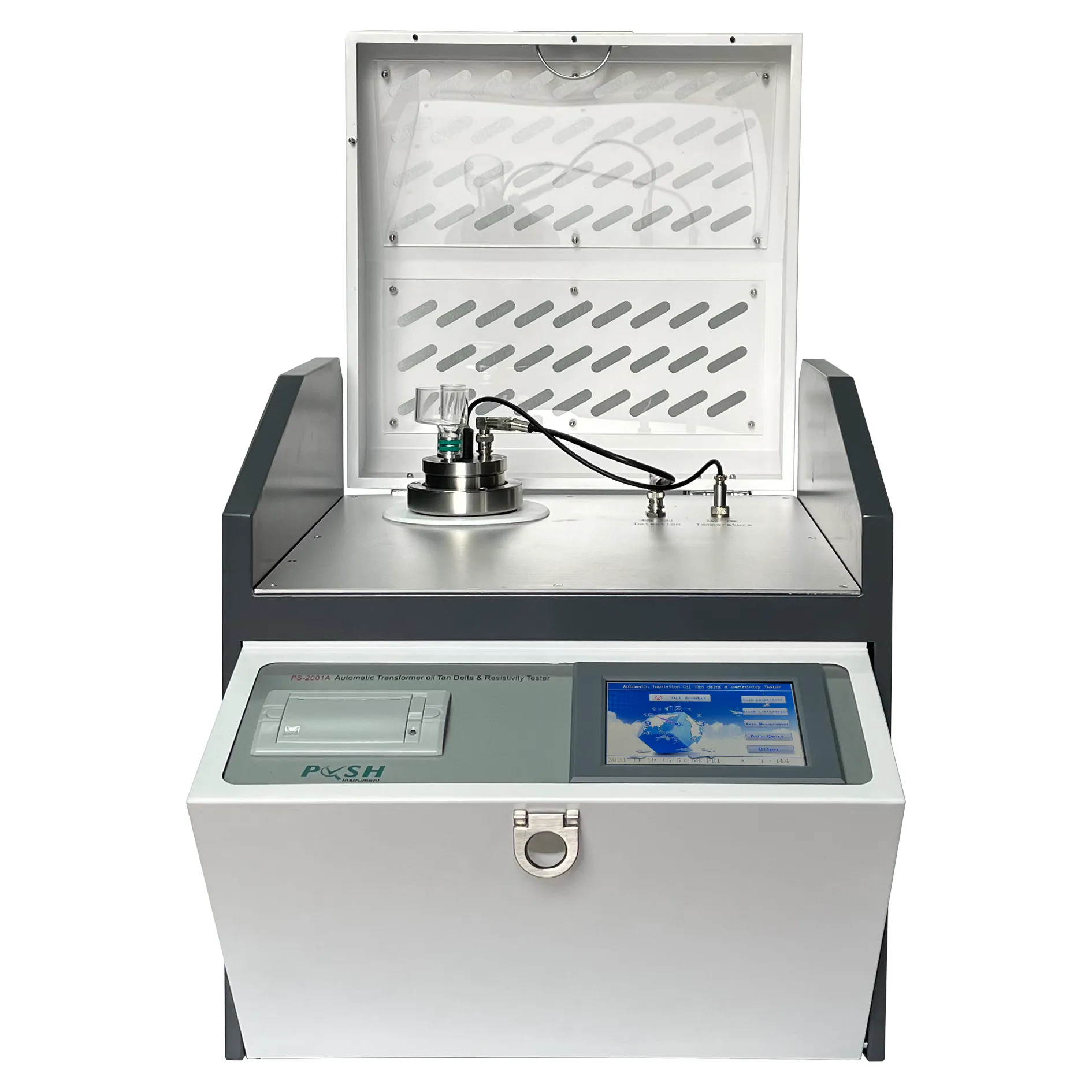 English
English


gas chromatography and mass spectrometry
Gas Chromatography and Mass Spectrometry A Powerful Analytical Pair
Gas chromatography (GC) and mass spectrometry (MS) are two powerful analytical techniques that have revolutionized the field of chemistry and biochemistry. When used in tandem, they provide a comprehensive approach to the qualitative and quantitative analysis of complex mixtures. This article explores their principles, applications, and significance in various fields.
Principles of Gas Chromatography
Gas chromatography is a technique used to separate volatile compounds in a mixture based on their different interactions with a stationary phase and a mobile phase. In GC, the sample is vaporized and carried through a column by an inert gas, typically helium or nitrogen. The column is coated with a stationary liquid or solid that interacts differently with the compounds present in the sample. As the sample moves through the column, its components separate based on their boiling points and affinities for the stationary phase. The time it takes for each compound to travel through the column is known as the retention time, which can be used to identify the individual components of a mixture.
Principles of Mass Spectrometry
Mass spectrometry complements the separation capabilities of gas chromatography by providing detailed information about the molecular weights and structures of the separated compounds. In MS, the separated compounds from the GC are ionized, and the resulting ions are sorted based on their mass-to-charge (m/z) ratios. The ionization process can be accomplished through various methods, including electron impact (EI) and chemical ionization (CI). Once the ions are generated, they pass through a mass analyzer, which generates a mass spectrum displaying the abundance of each ion as a function of its m/z ratio. This spectrum serves as a unique fingerprint for each compound, aiding in its identification.
gas chromatography and mass spectrometry

Applications of GC-MS
The combination of gas chromatography and mass spectrometry, commonly referred to as GC-MS, is widely used in environmental analysis, pharmaceuticals, food safety, and forensic science. In environmental monitoring, GC-MS can detect trace levels of pollutants in air, soil, and water samples, helping to assess the impact of industrial and agricultural activities. In the pharmaceutical industry, GC-MS plays a crucial role in drug development and quality control by analyzing the composition of active ingredients and detecting impurities.
Additionally, food safety is another critical application area where GC-MS is employed to identify additives, contaminants, and pesticide residues in food products. The accuracy and sensitivity of GC-MS ensure that food products meet safety regulations and consumer expectations. In forensic science, GC-MS is invaluable for analyzing biological samples, such as blood or urine, to detect drugs, toxins, and other substances.
Significance and Future Directions
The significance of gas chromatography and mass spectrometry lies in their ability to provide reliable, accurate, and reproducible results in complex analytical scenarios. As technology advances, the integration of these techniques continues to evolve, with improvements in speed, sensitivity, and data processing capabilities. Furthermore, the development of new ionization methods and miniaturization of instruments paves the way for field applications, enabling on-site analysis for rapid decision-making.
In conclusion, gas chromatography and mass spectrometry are indispensable tools in analytical chemistry, offering unmatched insights into the composition and characteristics of chemical substances. Their combined power not only enhances scientific research but also contributes to safety and quality across various industries, underscoring their vital role in modern society.
-
Differences between open cup flash point tester and closed cup flash point testerNewsOct.31,2024
-
The Reliable Load Tap ChangerNewsOct.23,2024
-
The Essential Guide to Hipot TestersNewsOct.23,2024
-
The Digital Insulation TesterNewsOct.23,2024
-
The Best Earth Loop Impedance Tester for SaleNewsOct.23,2024
-
Tan Delta Tester--The Essential Tool for Electrical Insulation TestingNewsOct.23,2024





